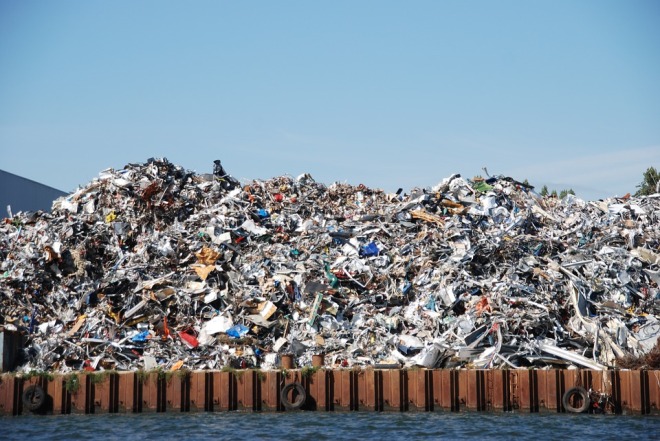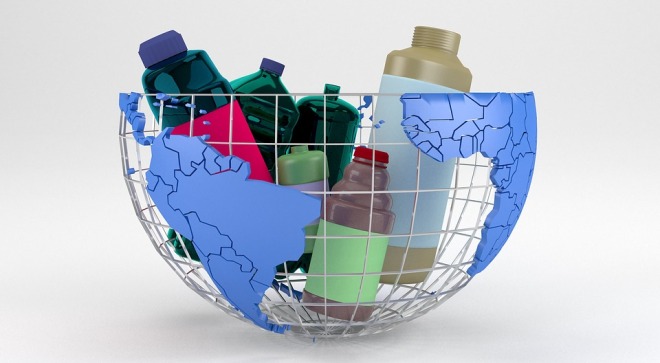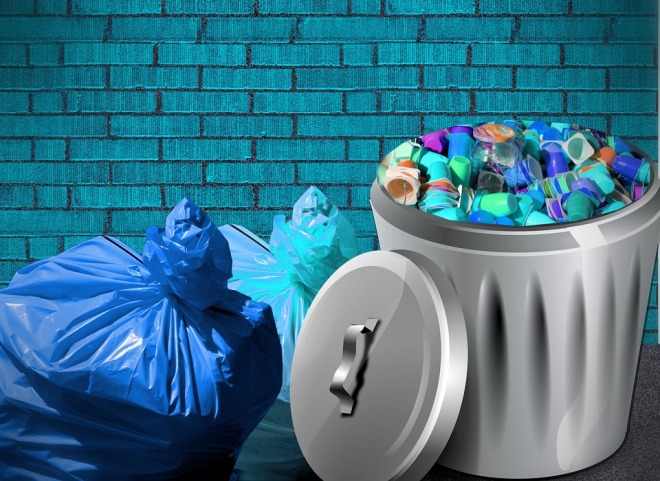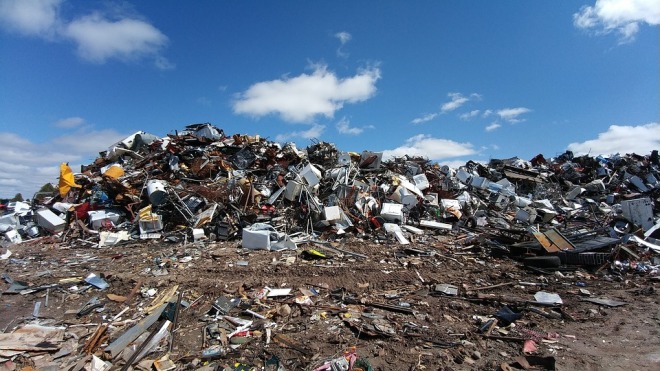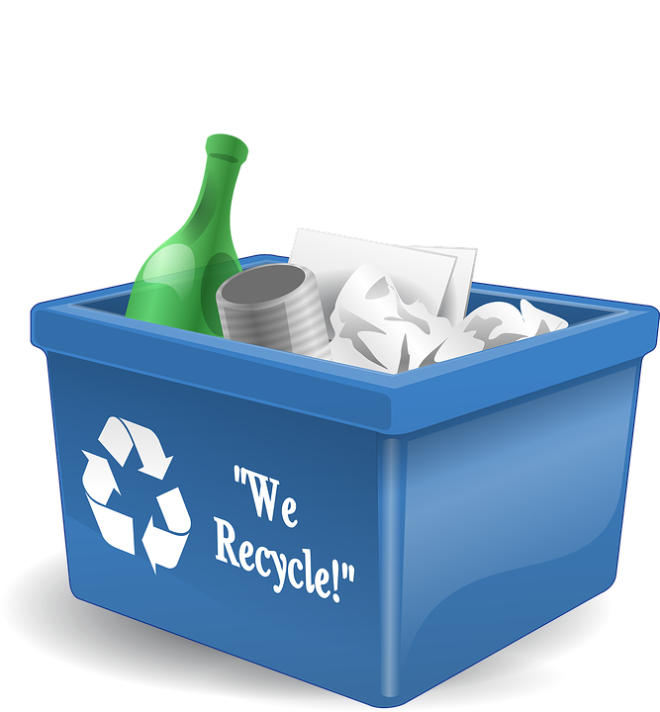As a prominent Toronto demolition and excavation company, we try our best to make the most from the materials culled together from a property. Preserving the value and integrity of these construction materials, they can then be recycled or reused in alternative products. That said, sometimes, it’s not always possible to save materials.
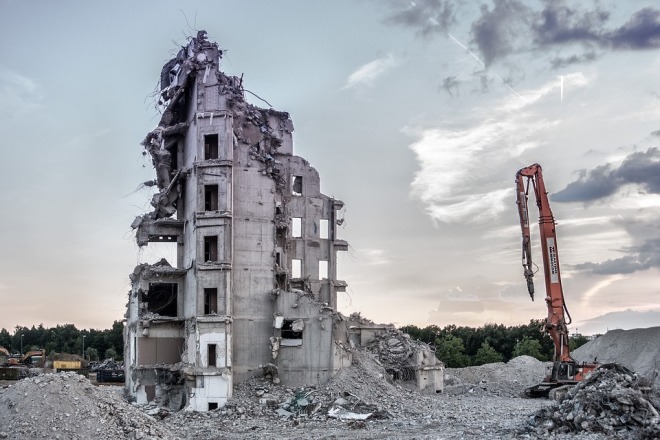
Going through any garage, basement, or barn, you’ll find a lot of material that most people will just toss out to landfills. Builders, demolition specialists, contractors, and developers may see some of these materials and immediately identify possible reuse potential.
Sometimes, the reason why materials are thrown away are simply because there’s no room to keep it and that makes sense. A lot of the junk removal calls we receive from Torontonians ask us to pick up things our customers don’t have the space to keep. Especially in a place like Toronto where every square foot counts, there’s only so much space to keep things.
Thankfully, in the last decade and a half, the market for older building materials and repurposing demolition by-products has grown. Today, there are even retail organizations selling this stuff alongside lumber, millwork, and deconstruction pieces.
There’s a lot of reasons to preserve the value of construction materials and reuse them after demolition. When done correctly, you’re capturing raw materials which themselves hold a high value. As alluring as buying shiny and new can be to some consumers, there are others who value environmentally-friendly, reclaimed purchasing of raw materials. No longer is the perception of these materials to see them as old, dirty, or dangerous. As society has been increasingly inched towards a less wasteful status, reuse of construction materials has grown in importance.
As construction aficionados, we know what can and should be saved in a demolition. Things like windows, doors, flooring, lumber, plumbing, built-ins, lighting, and hardware can all be captured and repurposed. In many cases, historical materials are a major find for us as they can sometimes be so gorgeous. In order to ensure the aforementioned materials are reusable, the condition of them is key. If they’re not in reasonable shape, that presents a challenge. Sometimes extraction or transportation may degrade the materials. If it’s not handled properly, the profit margin for building materials begin to disappear rather quickly. Things like cost to extract the materials, handle and ship them, and the cost to warehouse them all have to be weighed.
When we audit a property for a demolition or excavation, if we find materials that are worth reusing, we invest in taking apart the building in a way that preserves the integrity of said materials. Care must always be taken to remove and transport these materials securely. There’s always a way to tear something out from a home but to preserve it, there is oftentimes more time and effort that needs to be invested. That’s fine by us because it saves a lot and makes a true difference to our environment. As we’ve come to learn how to extract the materials and provide them for resale, we continue to maintain a commitment to environmentally-friendly demolition and extraction practices.
For more information on Toronto-based demolition and extraction in the GTA, contact a representative at Core Mini Bins. Upholding the highest standards in waste management and recycling, we’ll maximize the use of all materials and ensure they get a fair look prior to disposal.

